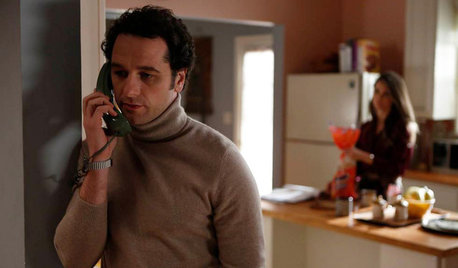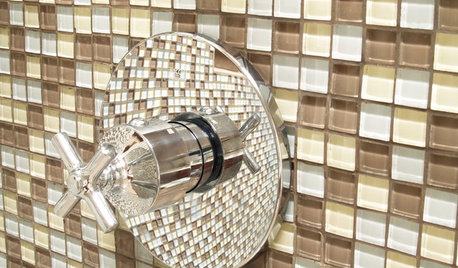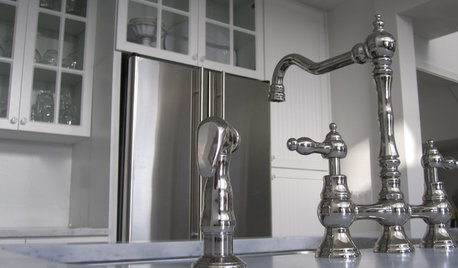Brass and Marble Rotary Phone
kitari
14 years ago
Related Stories

5 Stunning Modern Range Hoods
Today's kitchen range hoods can look like sleek sculptures. Here's what to look for when you go shopping for one
Full Story
DECORATING GUIDESPop Culture Watch: 12 Home Trends from the '80s Are Back
Hold on to your hat (over your humongous hair); interior design elements of the 1980s have shot forward to today, in updated fashion
Full Story
BATHROOM DESIGNConvert Your Tub Space to a Shower — the Fixtures-Shopping Phase
Step 2 in swapping your tub for a sleek new shower: Determine your mechanical needs and buy quality fixtures
Full Story
DECORATING GUIDESTop Design Trends From the Winter 2015 Las Vegas Market
Interior designer Shannon Ggem is tracking finishes, motifs and design combinations at the 2015 show
Full Story
WHITERoom of the Day: Bye-Bye, Black Bidet — Hello, Classic Carrara
Neutral-colored materials combine with eclectic accessories to prepare a master bath for resale while adding personal style
Full Story
DECORATING GUIDESHow to Bring the Beauty of Reclaimed Wood to the Bath
Beautiful salvaged wood adds warmth and texture to a bathroom. Here's how to get the look right
Full Story
DECORATING GUIDES10 Retro Items Ripe for a Revival
Take a trip down memory lane through a world of innovative items from the past
Full Story
WHITE KITCHENS4 Dreamy White-and-Wood Kitchens to Learn From
White too bright in your kitchen? Introduce wood beams, countertops, furniture and more
Full Story
BUDGET DECORATING8 Cost-Effective Ways to Get a High-End Look
Don’t discount that expensive material yet. By using a small amount in a strategic way, you can get a luxurious look without the expense
Full StoryMore Discussions











calliope
kitariOriginal Author
Related Professionals
St. Louis Furniture & Accessories · Champlin Furniture & Accessories · Arvada Painters · Missouri City Painters · Plymouth Painters · Fontana Painters · Goodlettsville Painters · Hesperia Painters · Jefferson City Painters · Saint Andrews Painters · Forestdale Painters · Greenville Furniture & Accessories · St. Louis Furniture & Accessories · Wellesley Furniture & Accessories · Sacramento Professional Organizerslazy_gardens
calliope
kitariOriginal Author
calliope
karinl
schoolhouse_gw
patty_cakes
maryland_irisman